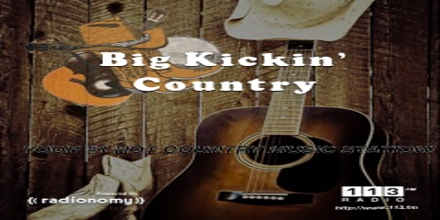Country music is a broad and diverse genre that originated in the rural Southern United States in the early 20th century. It blends traditional folk music with elements from blues, gospel, and old-time string bands to create a unique sound that often tells stories of everyday life, love, heartbreak, and the American experience. The genre is characterized by its use of acoustic guitars, banjos, fiddles, and harmonicas, although electric instruments have become more common in modern country music.
The roots of country music can be traced back to the early 1920s with the recording of "Sallie Gooden" by fiddler Eck Robertson and "Turkey in the Straw" by Henry Gilliland & A.C. "Eck" Robertson. These recordings captured the essence of rural American music and laid the foundation for what would become known as country music. In the 1930s and 1940s, artists like Jimmie Rodgers and the Carter Family emerged, further popularizing the genre with their distinctive voices and storytelling abilities.
Jimmie Rodgers, often referred to as the "Father of Country Music," blended elements of blues, gospel, and folk music into his songs. His yodeling and guitar playing became signature features of early country music. The Carter Family, consisting of A.P. Carter, his wife Sara, and her cousin Maybelle, were known for their close harmonies and traditional Appalachian folk songs.
The 1950s saw the rise of honky-tonk music, which emphasized electric instruments and a more upbeat tempo. Artists like Hank Williams became iconic figures in this sub-genre, with hits like "Your Cheatin' Heart" and "I'm So Lonesome I Could Cry." Honky-tonk venues, often located in working-class neighborhoods, provided a space for people to dance and socialize while enjoying live country music.
In the 1960s and 1970s, country music underwent significant changes with the emergence of the Nashville sound. This style featured smoother vocals, lush string arrangements, and a more polished production quality. Artists like Patsy Cline, Dolly Parton, and Kenny Rogers became household names during this era.
The 1980s brought a resurgence of traditional country music with the outlaw movement, led by artists like Willie Nelson, Waylon Jennings, and Johnny Cash. These musicians rejected the polished Nashville sound in favor of a raw, authentic style that reflected their personal experiences and rebellious attitudes. The outlaw movement emphasized individuality and freedom, resonating with audiences who appreciated its honesty and grit.
In the 1990s, country music experienced a commercial boom with the rise of artists like Garth Brooks, Shania Twain, and Alan Jackson. This era saw an increase in crossover appeal, as country songs began to dominate pop charts and achieve massive commercial success. The genre's popularity continued to grow into the 21st century with artists like Carrie Underwood, Taylor Swift, and Luke Bryan gaining widespread recognition.
Today, country music encompasses a wide range of sub-genres, including traditional country, bluegrass, Americana, and contemporary country. Each sub-genre has its own unique characteristics but shares a common emphasis on storytelling and authenticity. Whether it's the twangy guitar licks of classic honky-tonk or the polished production of modern pop-country, the essence of country music remains rooted in its ability to connect with listeners through relatable narratives and timeless melodies.
The influence of country music extends beyond the United States, with artists from around the world incorporating elements of the genre into their own music. From Australia's Keith Urban to Canada's Shania Twain, international artists have contributed to the global appeal of country music, showcasing its versatility and enduring popularity.
In conclusion, country music is a rich and dynamic genre that has evolved over decades while maintaining its core values of storytelling, authenticity, and connection with everyday experiences. From its humble beginnings in rural America to its current status as a global phenomenon, country music continues to captivate audiences with its timeless appeal and diverse range of styles.
 3.7k
3.7k
 2
United States Country 128 kbps MP3
2
United States Country 128 kbps MP3 RMF FMRMF FM
RMF FMRMF FM 3.2k
Country 128 kbps MP3
3.2k
Country 128 kbps MP3 2.6k
United States, Tuscaloosa, AL Country
2.6k
United States, Tuscaloosa, AL Country





































